Hudson Gateway Association of Realtors joins FIABCI, Un-Habitat for forum on “Sustainable Cities and Communities”
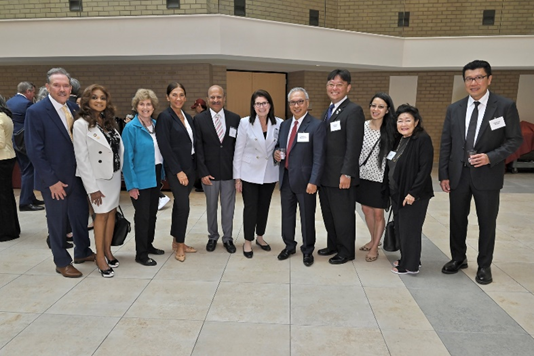
Maire Rosol, associate broker, Summit Sotheby’s International Realty; Alexandra Sekouri, Barnes New York;
Raj Rajpal, FIABCI-USA past president; Susan Greenfield, FIABCI’s immediate past world president,
associate broker at Brown Harris Stevens and HGAR member; Budiarsa Sastrawinata, FIABCI’s world president;
Yoshinori Takita, licensed real estate broker, Keystone Realty; Cy (Winnie) Cheng; Judith Sykes, president, Sykes & Sykes Properties;
and Agussurja Widjaja, CIPUTRA Group. Photo credit: John Vecchiolla Photography
Manhattan, NY The Hudson Gateway Association of Realtors, Inc. (HGAR) joined FIABCI, the International Real Estate Federation, UN-Habitat, and other industry colleagues in sponsoring a forum to promote sustainable planning and design at Fordham University’s Real Estate Institute. “Real Estate in Action—Achieving SDG11: Sustainable Cities and Communities” was designed to advance the United Nations’ Sustainable Development Goal 11, or SDG11, which focuses on resilient planning to improve living standards, ensure economic resources, and implement sound policies.
Roger Jann, managing partner of Einbrucke LLC, moderated the opening session and emphasized the importance of building cities and communities in a way that promotes sustainability and enhances quality of life. “SDG11 provides a comprehensive framework for achieving that vision,” said Jann.
SDG11 is one of 17 sustainable development goals established by the U.N. General Assembly in 2015 as part of a 2030 Agenda for Sustainable Development, which set a 15-year plan to achieve the goals. The goals are a universal call to action to end poverty, protect the planet and improve lives worldwide.
FIABCI World President Budiarsa Sastrawinata discussed the importance of collaboration to affect change, especially when it comes to overcoming carbon threats. “With an anticipated extraordinary population growth and looming threat of climate change, there is an urgent need to construct more sustainable cities that can accommodate our citizens,” Sastrawinata said. “FIABCI stands ready to fully support the United Nations and other institutions in making a positive impact on the world by working together.”
Michal Mlynar, deputy executive director of UN-Habitat, agreed, and noted there are only seven years left to achieve SDG11. “We need urgent and large-scale policy intervention and any investments in sustainable urban development,” Mlynar said. “You, as real estate urban practitioners, are at the frontline of climate action and well-positioned to generate impact.”
Mlynar urged attendees to promote “connected, integrated and circular urban development” to reduce global emissions and energy use. “Without you, it won’t happen. You have the power to catalyze the potential of cities … these collective efforts can be the drivers of change.”
The forum included three panel discussions, beginning with “Neighborhood Design for Sustainability and Improving the Quality of Life” moderated by Christine Auclair, coordinator, World Urban Campaign, UN-Habitat. The panel featured Lance Jay Brown, president, Consortium for Sustainable Urbanization and fellow, American Institute of Architects; Nikki Greenberg, founder and chief innovation officer, Real Estate of the Future; Sushmita Shekar, urban designer, Skidmore, Owings and Merrill; and William Solecki, professor of geography, Hunter College, City University of New York.
The panel shared insights into achieving the goals of SDG11, and some of the challenges facing communities. “Ninety-nine percent of the world’s population breathes polluted air. That’s a real problem,” said Greenberg. “We don’t want to live in societies with filthy air, which is what we are heading toward. Indoor air quality is atrocious … it is two to five times more polluted indoors than outdoors. That is affecting us. If you want to make people smarter and more productive, give them clean air.”
A second panel, “The Resilient North American City,” was moderated by FIABCI’s immediate past World president Susan Greenfield, associate broker at Brown Harris Stevens and HGAR member, and featured Rebecca Fischman, senior resilience planner at Arcadis, and Geoffrey Hurst, vice president of sustainability, Related Companies LP.
Greenfield said real estate professionals can play a key role in supporting sustainability: “By 2050, 70 percent of the world’s population will be living in cities, so we are the best people to help solve the issues. It is exciting to see projects materializing, and the commitment of our real estate developers and community to make a difference.”
Fischman discussed threats to Manhattan from tidal flooding and coastal storms. “If we do nothing, rising tides will begin compromising the operations of key waterfront assets by the 2050s, including the Battery Maritime Building, downtown Manhattan Heliport, and East River Esplanade.”
To address the problems, Fischman said, the Financial District and Seaport Climate Resilience Master Plan was developed, which “proposes to extend the Manhattan shoreline and reconstruct maritime facilities over the next 15 to 20 years. We are still in the early stages of the project timeline, but we have had collaborative and meaningful stakeholder engagement throughout the process.”
Hurst discussed sustainable aspects that went into the building of Hudson Yards. “We needed to create a dynamic vegetative open space, as part of our sustainability program,” Hurst said. “We wanted to collect massive amounts of storm water to help avoid the sewer overflows common to the city. We also needed to craft flood-resistant podiums to protect the site from the next Superstorm Sandy. Our design team essentially had to modify every building system in response to Sandy and new guidelines we were helping to develop with the city, to guide the resilient design.”
A final panel, “Way Forward: Implementing the FIABCI Global Charter Building Better Lives,” included moderator Roger Jann and panelists Neil Khor, chief of staff at the office of executive director of UN-Habitat, Christine Auclair and Susan Greenfield. They discussed FIABCI’s new Global Charter for real estate professionals, “Building Better Lives”, and its primary objective to raise awareness about sustainable, responsible real estate practices and strategies for creating better communities worldwide.
The event was presented by FIABCI and UN-Habitat, and promoted under the World Urban Campaign, a global advocacy and partnership coordinated by UN-Habitat to promote sustainable urbanization. FIABCI, founded in 1951 in Paris, is a worldwide business networking organization for professionals associated with the real estate industry. It was formed to help countries with reconstruction following World War II.
Hanna Commercial Real Estate brokers Agri-Plastics 64,000 s/f manufacturing facility lease at Uniland’s 2 Steelworkers Way


Lasting effects of eminent domain on commercial development - by Sebastian Jablonski

AI comes to public relations, but be cautious, experts say - by Harry Zlokower

Strategic pause - by Shallini Mehra and Chirag Doshi



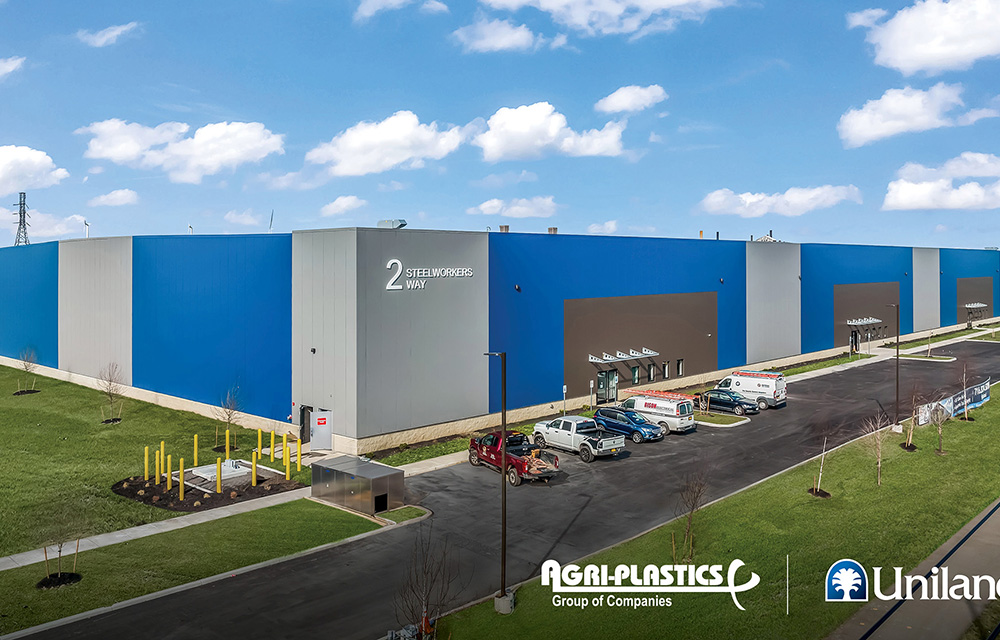
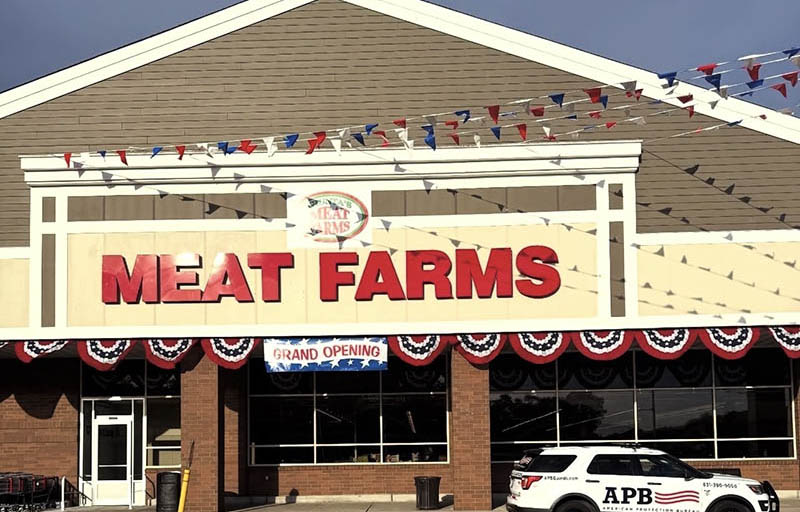
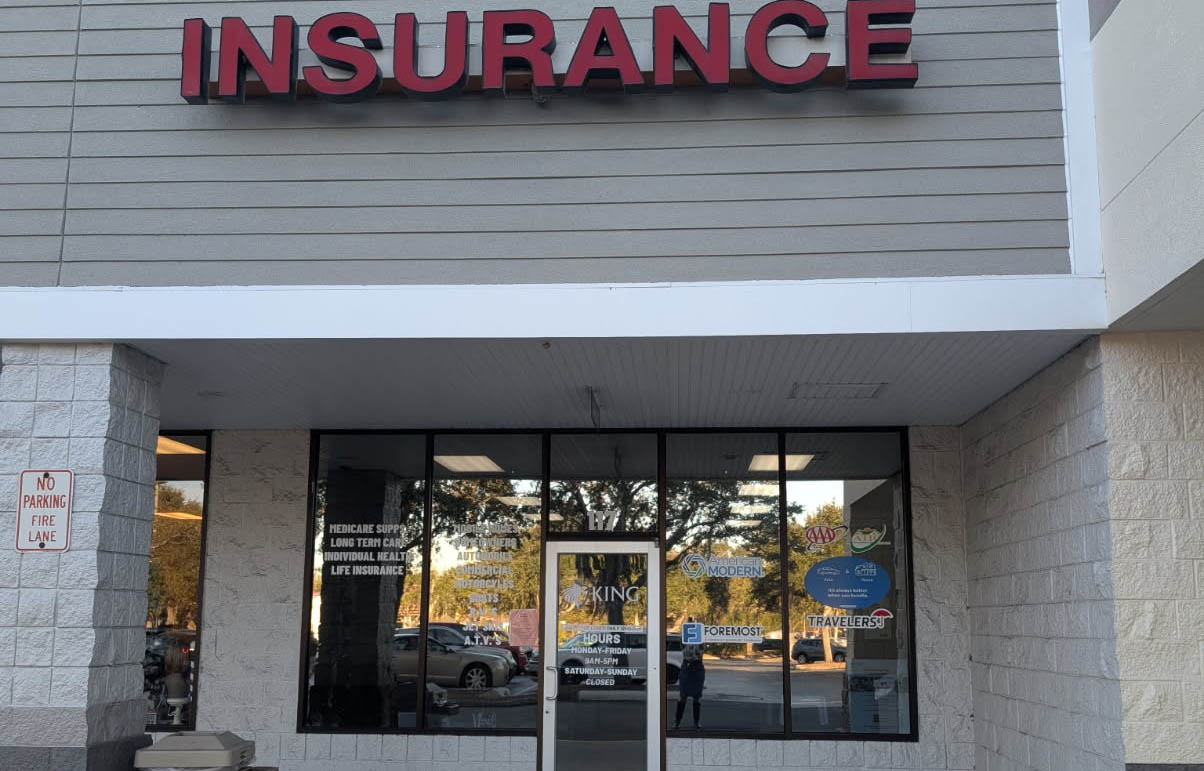
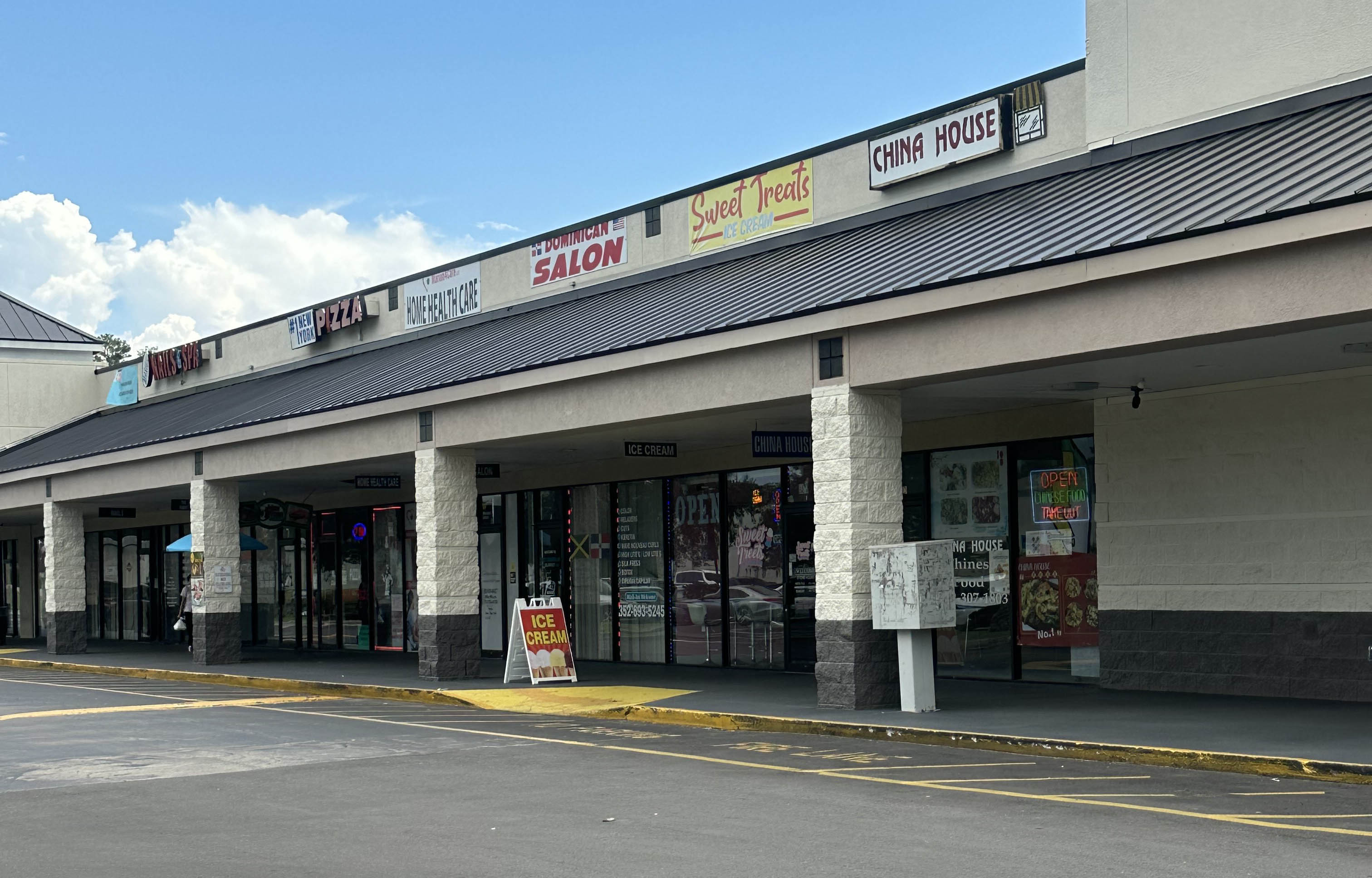


.jpg)

.gif)